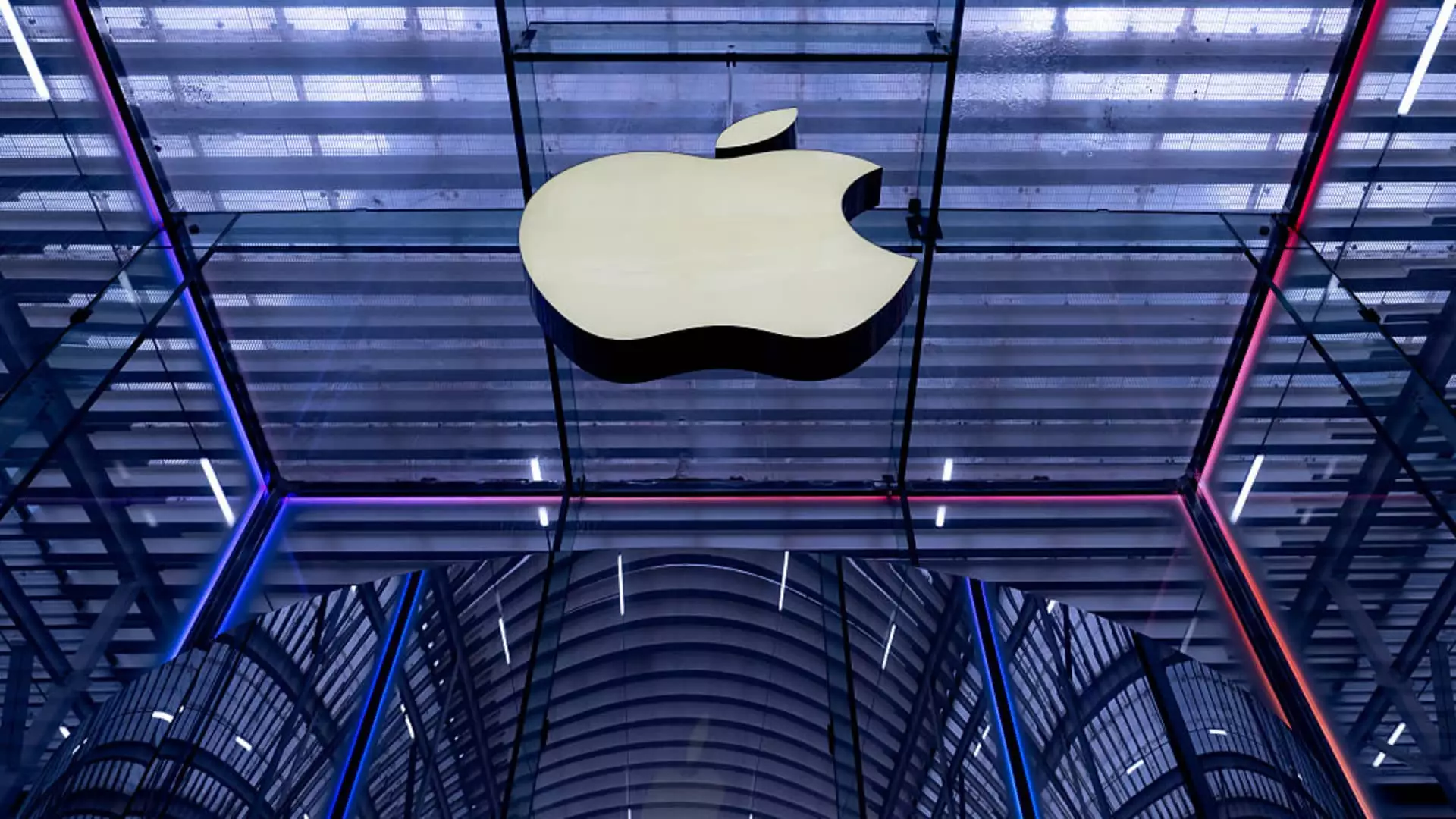As Wall Street prepares to dissect Apple’s third-quarter earnings, a stark reality emerges: the tech giant faces a mounting barrage of geopolitical headwinds that threaten to undermine its once-unassailable market position. The rapid escalation of tariffs, especially the looming threat of 25% or higher tariffs on iPhones not assembled in the United States, signals a geopolitical gamble that could inflate device prices beyond consumers’ reach. This tension with China and the broader trade conflicts are not just superficial threats—they are foundational fissures that could reshape Apple’s manufacturing strategy and, consequently, its profitability.
While Apple endeavors to establish manufacturing hubs in India and Vietnam—an act that demonstrates resilience and adaptability—the economic reality is stark. Moving production out of China and into lower-cost nations is a complex, capital-intensive process. The assumption that shifting assembly lines will seamlessly preserve margins is optimistic at best. The cost premiums associated with U.S.-made iPhones, which analysts estimate could range between $1,500 and $3,500, threaten to price out a substantial segment of Apple’s customer base. The company’s aspiration to reduce tariffs and diversify supply chains risks buckling under the weight of economic reality. If trade tensions persist, Apple may be forced into a precarious balancing act—between safeguarding profit margins and maintaining competitive pricing.
Economic Uncertainty and Market Share Decline
The backdrop of a waning global macroeconomic environment does no favors for Apple’s future prospects. Industry analysts, including Barclays’ Tim Long, have painted a somber picture: a “rough” macroeconomic climate coupled with stagnating innovation and declining market share in China could dampen the company’s performance for the foreseeable future. The warning signs are evident—if Apple’s flagship product, the iPhone, struggles to excite consumers with new features, the entire ecosystem risks stagnation. Competition from alternative smartphone ecosystems and rising regional competitors like India’s local manufacturers only compounds the challenge.
Furthermore, Apple’s diversification of manufacturing locations, while strategic, appears to be a double-edged sword. The majority of U.S. sales are projected to be sourced from India and Vietnam, and any geopolitical or economic disruptions in these regions could severely impact supply chains. This unprecedented geographic redistribution might offer short-term relief but could lead to long-term vulnerabilities. The company’s reliance on regions like India, which recently surpassed China in smartphone exports, signals a shift not just in supply chains but in market dynamics itself. If Apple fails to innovate meaningfully, obsolescence and market share erosion are imminent risks, especially as competitors leverage local manufacturing advantages and aggressive pricing.
Content and Consumer Engagement as a Buffer
Amid these tangible manufacturing and economic threats, Apple’s strategic efforts in content and entertainment are often viewed as a vital buffer. Popular series like “Severance” and blockbuster films such as “F1: The Movie” exemplify how Apple is diversifying beyond hardware. These ventures aim to secure consumer loyalty, foster ecosystem lock-in, and generate revenue streams that are less susceptible to geopolitical tremors. However, reliance on entertainment revenue is a risky distraction if hardware sales continue to falter.
The company’s stock performance reflects this bleak outlook. With shares declining over 16% year-to-date—significantly underperforming the S&P 500’s 8% rise—it is clear that investor confidence is wavering. The market appears to be pricing in a future where innovation stalls, margins compress, and geopolitical risks intensify. The upcoming earnings call will be scrutinized for signs that Apple can stabilize its declining trajectory or if it is on the brink of losing its technological crown to more agile, regionally focused competitors.
Apple’s future hinges on its ability to navigate this turbulence—diplomatically, financially, and strategically. While the company continues to command a loyal customer base and benefits from ecosystem lock-in, its vulnerabilities are glaring. The current geopolitical tensions, coupled with economic headwinds and slowing innovation, threaten to fragment its previously unassailable market dominance. Whether Apple can innovate with urgency, diversify effectively, and keep costs in check will define its fate. If not, the only certainty is that its once-stellar rise might give way to a protracted decline, reshaped by the harsh realities of a fractured global landscape.

